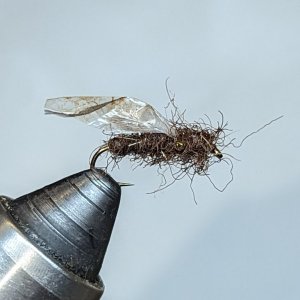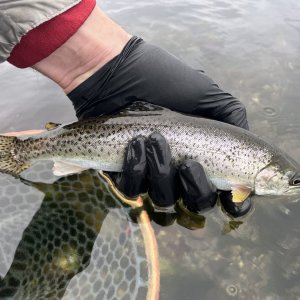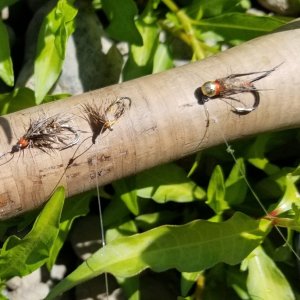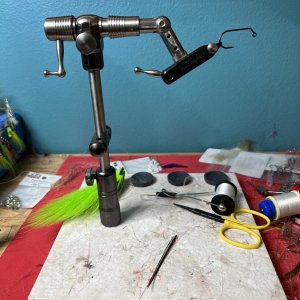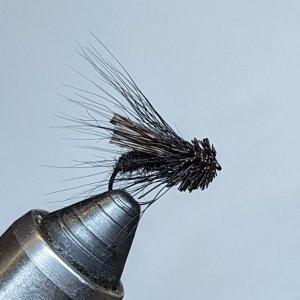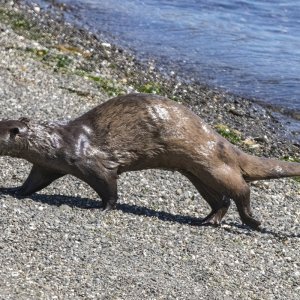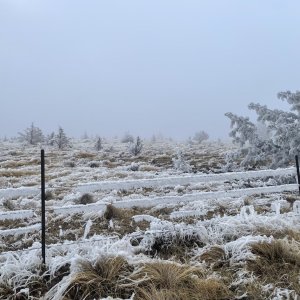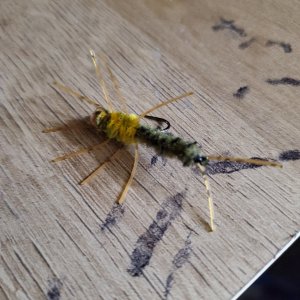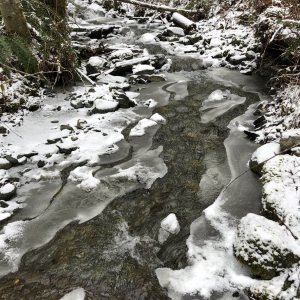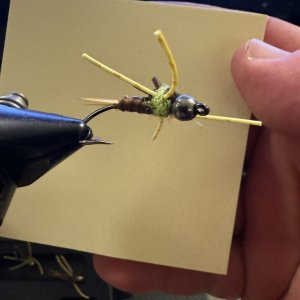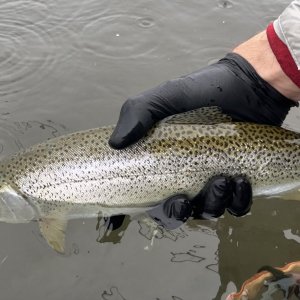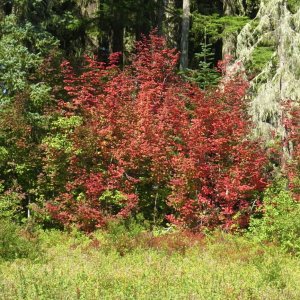Just got off with the NOF PFMC morning update call.
Current the proposed Stillaguamish game fish season is now the same as last year, that is opening September 16th below Cicero. It is hoped that the monitoring will produce similar results as last year, if so maybe we might be able to look at some sort of season expansion (area and/or time). The main stem opening will still be delayed to September 21, gives better access to coho..
Curt
Current the proposed Stillaguamish game fish season is now the same as last year, that is opening September 16th below Cicero. It is hoped that the monitoring will produce similar results as last year, if so maybe we might be able to look at some sort of season expansion (area and/or time). The main stem opening will still be delayed to September 21, gives better access to coho..
Curt

